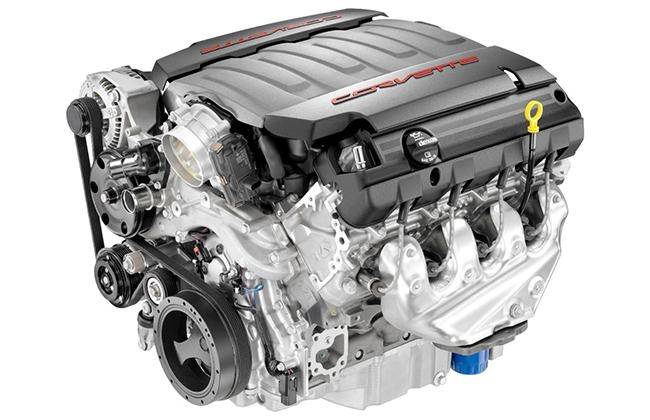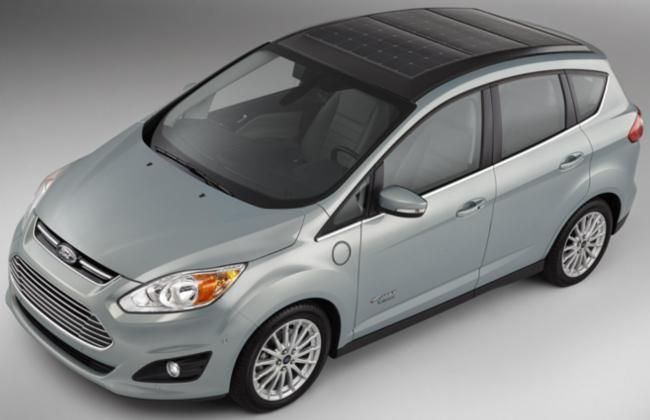Technical Aspects: Engine & Its Components
Modified On Apr 05, 2016 03:57 PM By Sahib
- 1 Comments
- Write a comment

Engine creates continuous power and delivers it to the vehicle so that it can propel it forward. Internal Combustion (IC) Engines are used in vehicles, that burn fuel within engine cylinder, unlike external combustion engines that are provided with a separate combustion source. IC Engines are more compact and efficient. IC Engines first transform the chemical energy stored in fuel into thermal energy within engine cylinders and then utilizes this energy to produce mechanical power which is utilized to propel the road wheels with the help of a transmission system.
Background/Development:
- In 1860, Jean Joseph Etienne Lenoir invented and patented internal combustion engine that was further modified by Eugen Langen and Nikolaus August Otto in 1866.
- Sir Dougald Clerk in 1876 invented the first successful two-stroke engine.
- Nikolaus August Otto patented a successful four-stroke engine in 1876.
- Wilhelm Maybach took a step further & invented first four-cylinder, four-stroke engine in 1890.
Engine Components:
1. Cylinder Head:
Cylinder head is located at the top of engine. Inline engines have one cylinder head, while modified designs like V-shaped engines and W engines have more than one head (one for each bank of cylinders). Parts like spark plug, valves, cam shafts etc. are present within the cylinder head.

2. Cylinder Head Gasket:
The head gasket is placed between the engine block and the cylinder head. It acts as a seal by preventing gas leakages into neighboring combustion chamber and also prevents overheating of components. Gaskets are designed such that they can withstand extreme temperature conditions. Gaskets also seal coolant passages between cylinder head and block.

3. Valves:
Inlet valve allows fuel/air mixture to move inside the combustion chamber from intake manifold. Exhaust valves allow burnt gases to escape from combustion chamber into exhaust manifold. Valves are usually made up of silchrome steel (special alloy of silicon & chromium) to handle extreme temperature conditions.

4. Camshaft:
Camshaft is driven by the crankshaft with the help of a timing belt (timing belt helps in precise opening and closing of valves). It has a fixed number of lobes called cams protruding along its length. These lobes help in opening and closing the valves as they rotate.

5. Cylinder Block:
It is the largest part of the engine with cylinders and pistons integrated at upper portion of block. Normally, the lower section forms the crankcase, and supports the crankshaft. Cast-iron liners along the walls of block are provided to prevent cylinder walls from damage.

6. Piston:
A piston is a cylindrical piece of metal that reciprocates up and down inside the cylinder. Piston is connected to connecting rod with the help of a piston pin/wrist pin. The piston and connecting rod together transmits the force coming out of power stroke to the crankshaft. Grooves are cut in the side of piston for 3 piston rings (some have 4).

7. Piston Rings:
Piston rings usually made of alloy cast iron. These rings don’t allow the leakage of fuel/air mixture and exhaust in the combustion chamber into the oil pan. They also prevent lubricant oil from entering the combustion space.

8. Connecting Rod:
It links the crankshaft and the piston by connecting the wristpin of the piston with the throw (or crankpin) of crankshaft. Lighter the connecting rod, greater the resulting power. Less weight of connecting rod also eliminates vibration issues. The lower part of the connecting rod is split so that it clamps perfectly around the crankshaft.

9. Crankshaft:
The crankshaft along with connecting rod, converts the power delivered by the piston from a reciprocating motion to a rotary motion. Connecting rods meet crankshaft at throws (or crank).

There is a main journal (part of rod) in between two cranks and at extreme positions of crankshaft, around which main bearings are fitted. Main bearing reduces the possibility of vibration and distortion of a crankshaft.
10. Fly wheel:
Flywheel is a heavy disc bolted to crankshaft. Energy is transmitted to flywheel by applying torque to it. It stores rotational energy and keeps engine running. Flywheel resist changes in rotational speed of crankshaft due to inertia. It is connected to the electric starting motor.

11. Oil Sump /Oil Pan:
Engine is provided with a casing called oil sump/oil pan at the bottom of the cylinder block underneath the crankcase. Its prime function is to store the lubrication oil so that system can be lubricated at regular intervals.

12. Oil Pump:
Oil pump plays a vital role in smooth functioning of the engine because it is responsible for pumping lubrication oil under pressure to all the moving parts and bearings within the engine.
Assembly of all these components:

All these components perform in a cooperative way to transform fuel energy into mechanical work efficiently. If any one of these components breakdown, smooth working of the engine is badly affected.










